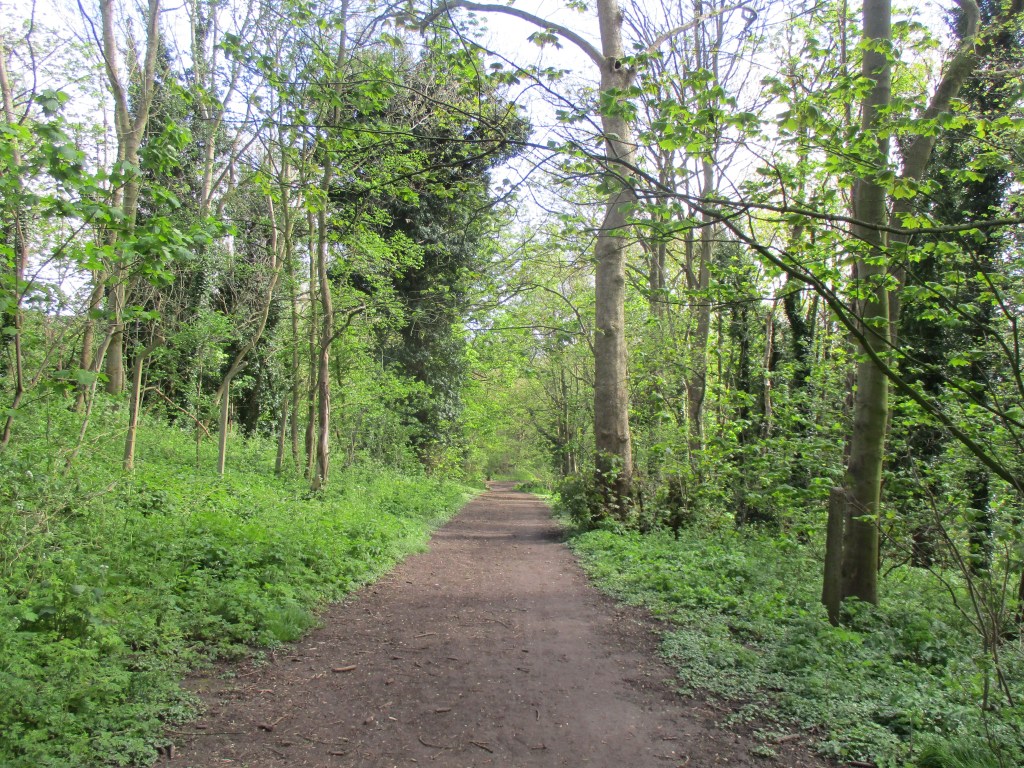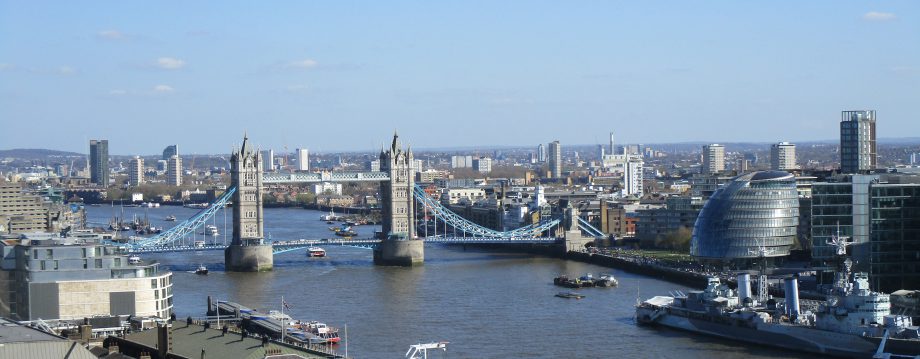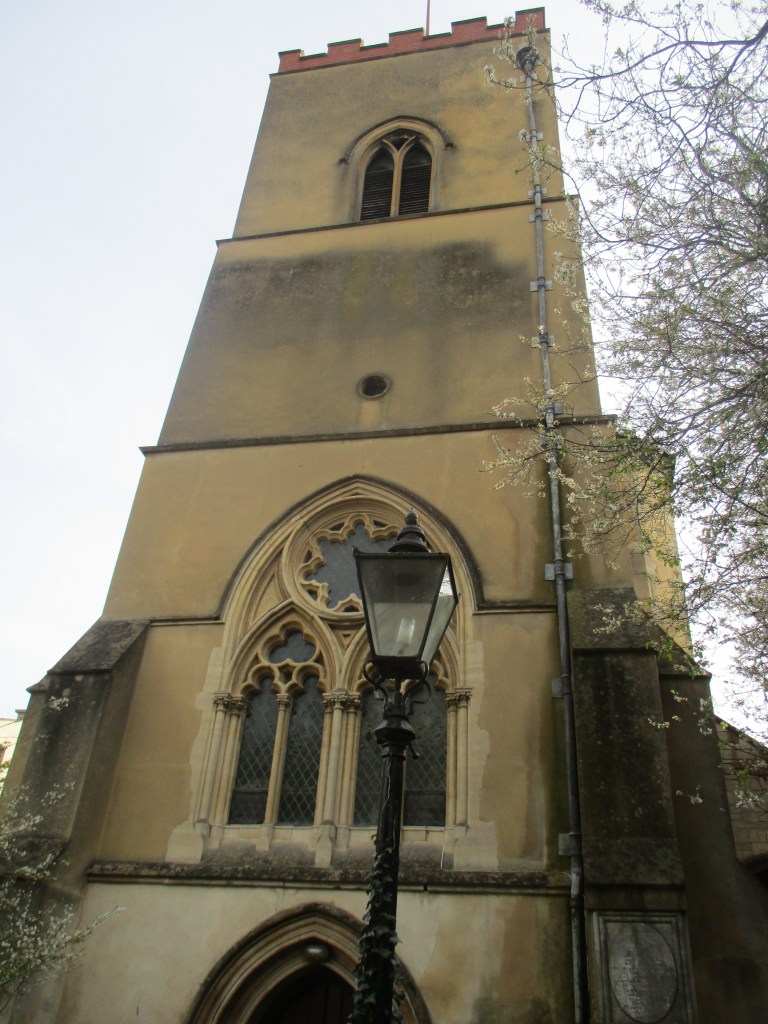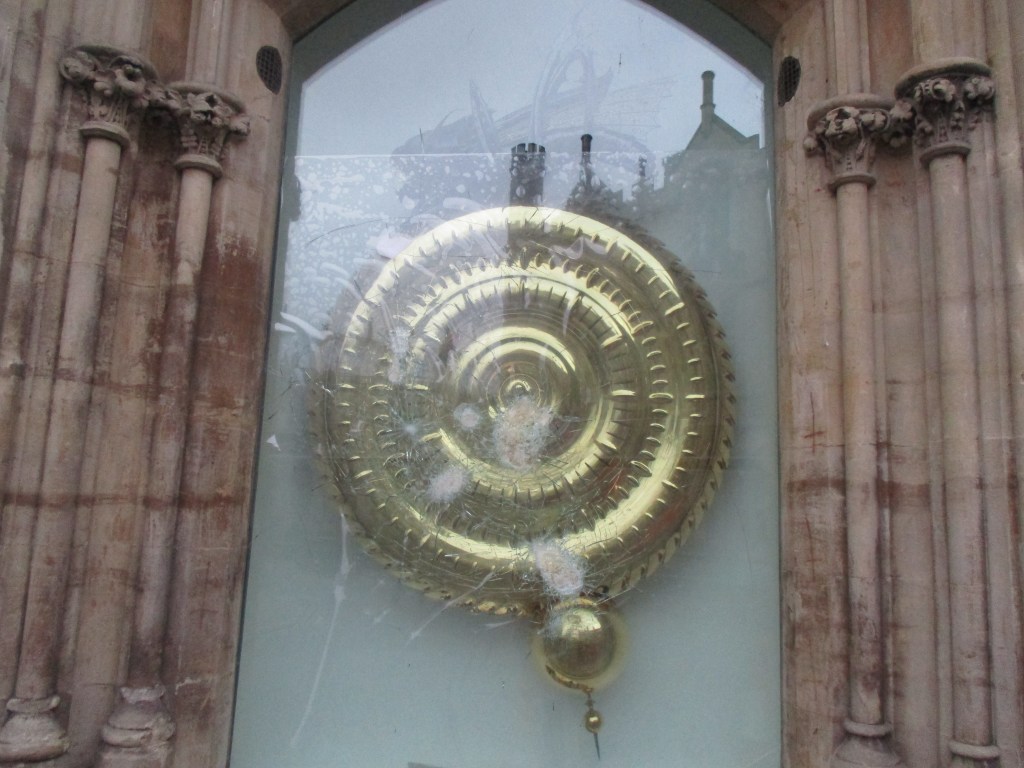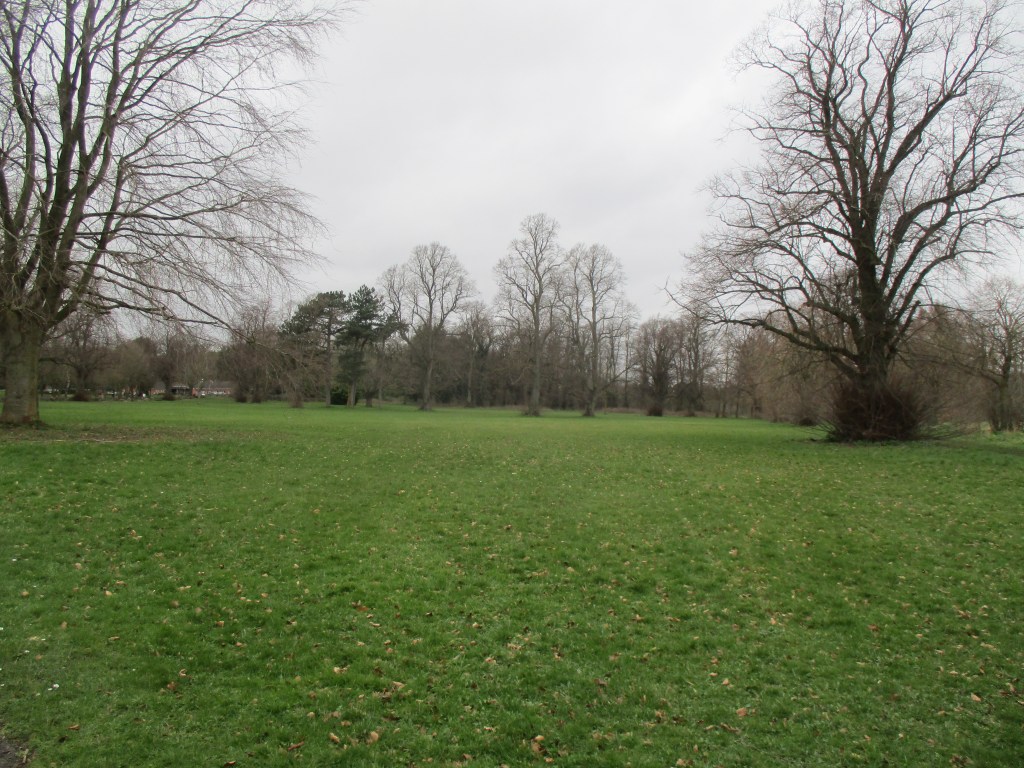One Sunday last month it was a surprisingly sunny day and I decided to venture out to Colwick Woods. I’d realised while looking at new to me green spaces in Nottingham that although I’ve been to Colwick Country Park a number of times I’d never been to the nearby woods. 50 hectares large it is an ancient woodland that has been around since at least the early 1600s and even possibly longer as well as part of it being farmland that was abandoned in the 1950s.
